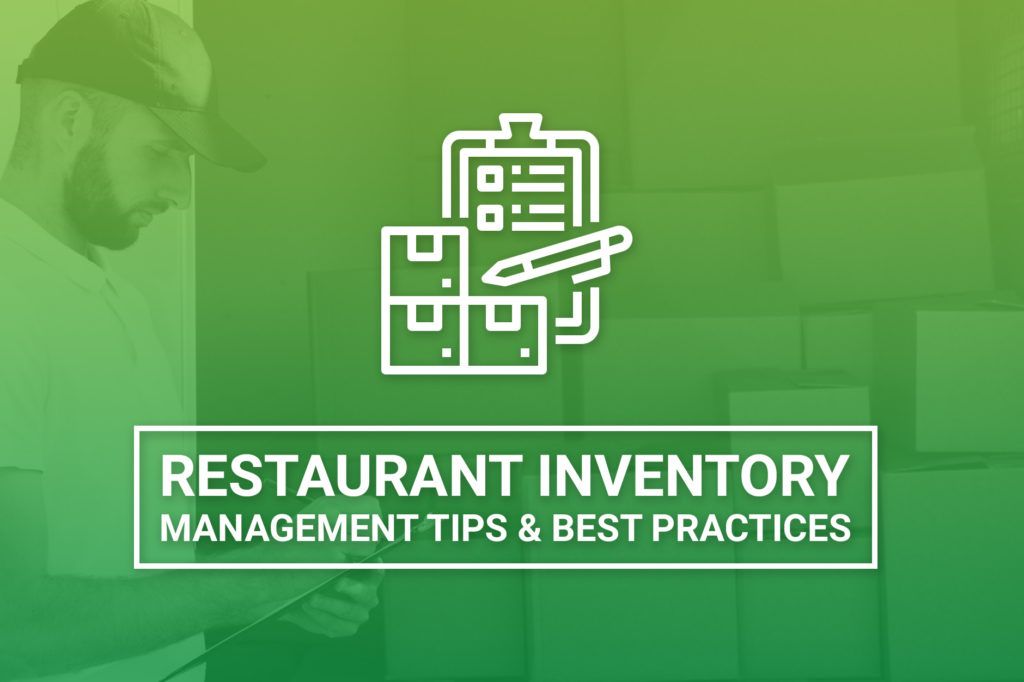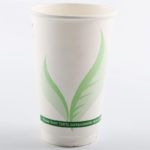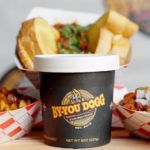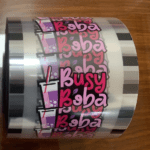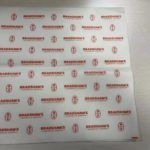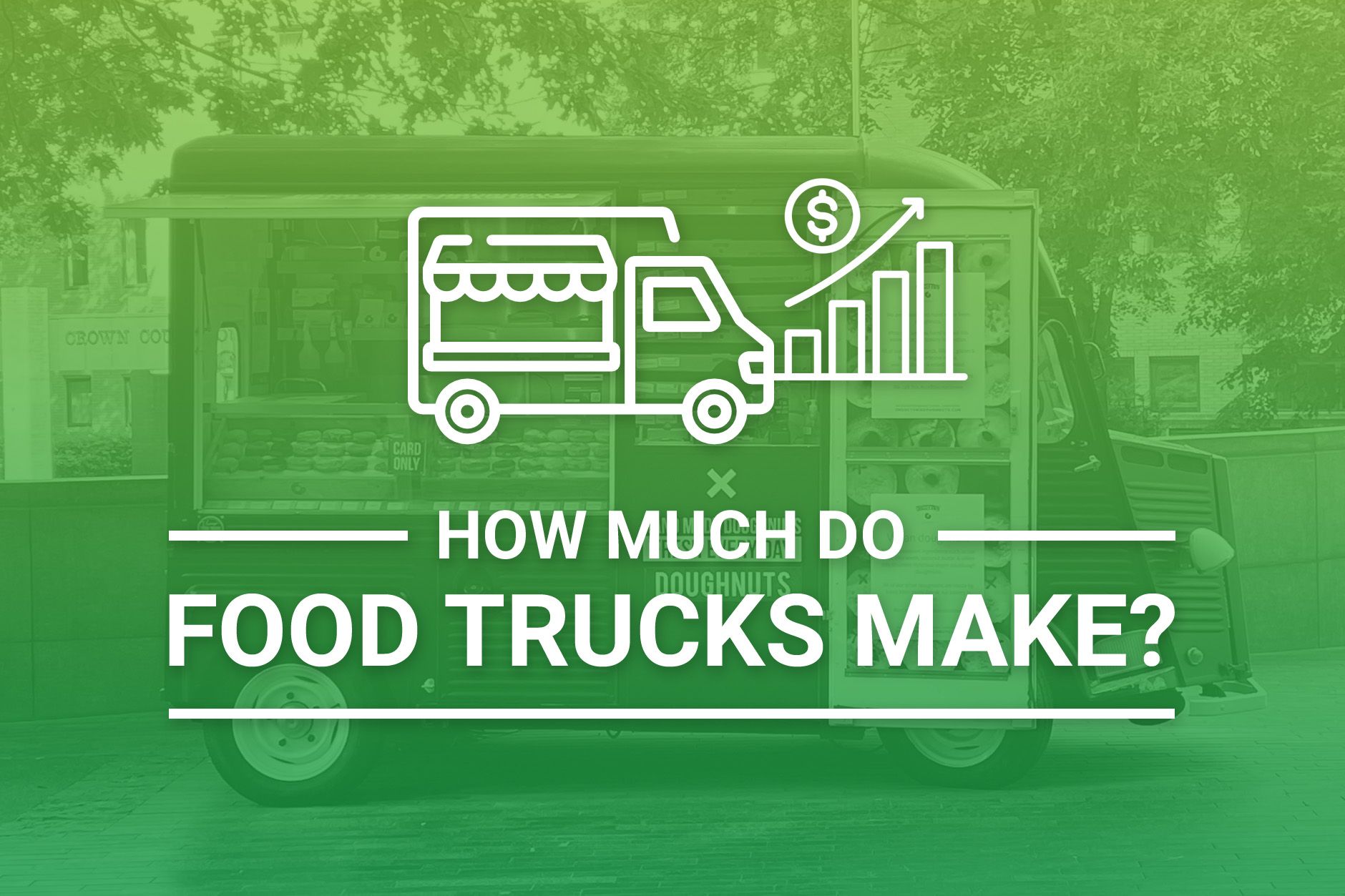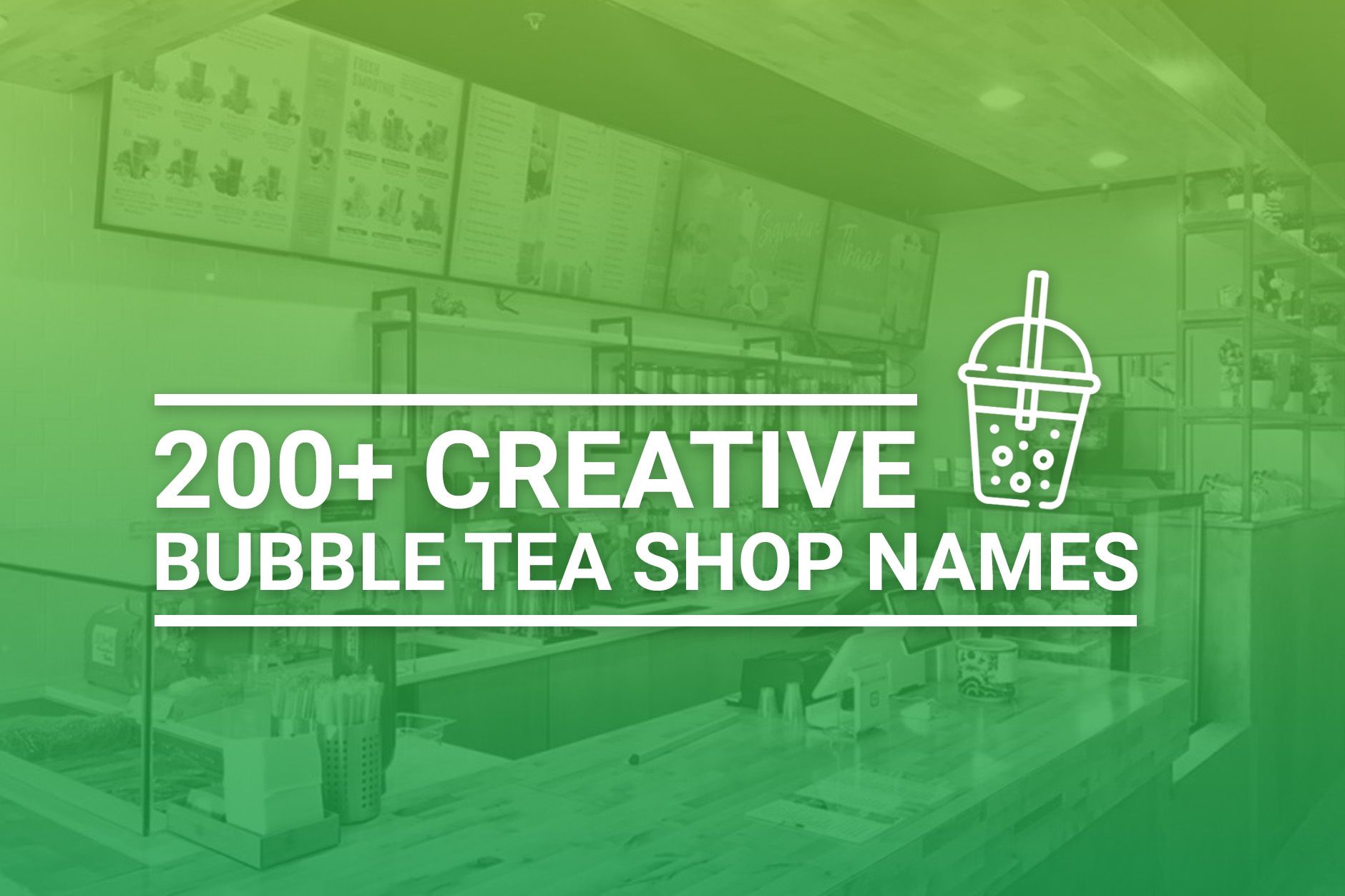Running a restaurant requires a lot of attention to detail, from calculating labor cost percentages to managing employee schedules, to tracking inventory. This type of work can be daunting – but is incredibly important if you want to run a profitable business.
One of the biggest investments that any restaurant owner makes is in their inventory. Keeping track of exactly what you have – from non-perishable items to perishables to spices and seasonings – is vital to ensuring that your restaurant stays in the black. Inventory control and management can help you reduce food waste and other types of loss.
At Budget Branders, we know how crucial it is to closely track your supplies to stay on budget. As small business owners ourselves, we understand the concerns of our clients. That’s why we work hard to make sure that you can buy the highest quality disposable branded products for your business at prices and in quantities that make sense for you.
What Is Inventory Control?
Restaurant inventory control and management is the process of tracking the ingredients that come in and go out of your restaurant. At its most basic, it traces every product that you ordered, every product that comes out of your kitchen and bar, and what is left over at the end of the day or week. If you have more than one location, then inventory management also involves tracking the transfer of product between establishments.
Managing your inventory is critical to the success of your business. Most restaurants allot 25 to 35% of their operating budget towards food. The goal of every restaurant owner should be to make sure that this investment is used wisely, with as little waste as possible. Inventory management is the best way to do this.
Some food loss or waste is inevitable in any restaurant. A dish may get burned in the kitchen, or a customer may send an item back. But there are strategies that any restaurant owner can employ to minimize waste. This is known as restaurant inventory control.
When you track your inventory, you will have a good understanding of how your employees are using the supplies that you purchase and what customers are buying. It can alert you to certain trends that will allow you to adjust your practices. For example, if you are running out of a particular ingredient much faster than normal, it may be a sign that a dish is popular – and an indication that you should promote it more heavily.
Inventory management will also help you to better calculate your profit for any given period of time. Any loss – whether it is due to accidental spills, employee meals, customer complaints, kitchen mistakes or even theft – can be accounted for in your calculations. In this way, you will be able to get a better, more accurate picture of your bottom line.
Tips and Best Practices for Managing Your Inventory
Knowing that you need to implement inventory control is just the first step. The next thing that you need to do is learn the best practices for tracking inventory in your restaurant. Below, we outline some of the top tips for restaurant inventory management.
Spend Some Time Learning the Basics
One of the most important aspects of setting up an effective inventory management system is to understand the lingo. Like anything else, there are certain terms that are frequently used in the world of inventory tracking, such as:
- Cost of goods sold (COGS), which is the price of all of the stock that you use to make the food and drinks that you sell;
- Sitting inventory, or the value or amount of stock on hand;
- Food cost percentage, which is the cost of the inventory that takes to create a particular dish divided by its menu price;
- Par level, or the minimum amount of stock you need to have to meet your customers’ demands without unnecessary waste;
- Estimated usage, which you can find by dividing your sitting inventory of a particular item by how much of it you typically use over a specified period of time; and
- Variance, or the difference between the theoretical or estimated usage of inventory and the actual usage.
These are just some of the terms that you will need to familiarize yourself with if you want to implement a strong inventory management practice for your restaurant. Take the time to learn this information so that you can better keep track of your inventory.
Get Organized
If you don’t have a good organizational system set up for your stock, then it’ll be impossible to actually track it. Make sure that every item has a place, that each item is put back in that place after it is used, and that everything is clearly labeled. This will make the task of tracking your inventory much easier.
If you are able to do so, make a map or a spreadsheet of your stock so that you have a good idea of where each type of ingredient is located. Keeping your stockroom and refrigerators/freezers clean will also make the process of inventory control that much more straightforward.
Set Up a Schedule for Checking Inventory
Most of the calculations that you will need to make for inventory management will involve a specified period of time. The only way that these numbers will be accurate is if you consistently track your inventory. This means setting up a regular schedule for counting inventory.
Different types of ingredients may require their own schedules. For example, expensive perishable items like meat and seafood might need to be counted daily. Non-perishables may need to be checked once a week. Just make sure to keep the dates and times consistent so that you can spot patterns and adjust as necessary.
Train Your Staff Effectively
All of your employees should be trained on inventory issues. This doesn’t mean that every staff member should be involved in the logistics of inventory management. Instead, you should focus on teaching your staff the basics, like recording waste and rotating stock.
Assign Specific Staff to Take Inventory
As noted above, consistency is key to properly tracking your inventory. In addition to setting up a schedule for taking inventory, you should also assign specific staff members – such as managers or the chef – to track inventory. These higher level employees can work closely with you to identify inconsistencies or spot patterns of loss.
You may even want to incentivize these employees to help you cut down on food waste. For example, if a manager notices that you’re throwing out a lot of a particular ingredient and proposes a change to the menu or ordering practices to minimize that loss, you may want to pay them a bonus. In this way, you’ll get others involved in your shared goal of maximizing profits through reducing waste.
Keep Track of Food Waste
A lot of inventory loss can be attributed to errors and mistakes in the kitchen. One of the best ways to track this is the simplest: having a notebook or sheet in the kitchen where your staff writes down food waste as it occurs. This sheet should include time and date, amount of weight of the loss, the reason, and the employee’s name or initials.
According to restaurant industry data, only 47% of restaurants track food waste. Failing to take this simple step that can help them become more profitable. Asking your staff to note things like returned dishes, accidental spills, and when they need to toss expired food can help you more effectively purchase inventory and calculate your costs.
Use the FIFO Method
First In, First Out (FIFO) is a simple strategy that every restaurant should employ. Quite simply, it involves storing and rotating your stock so that none of your ingredients spoil or expire. Moving the older ingredients – things that you purchase first – to the front helps to ensure that your cooks use them first before opening newer containers.
The FIFO method is also a great way to determine if you are over or under-ordering a particular ingredient. For example, your staff isn’t using something up before it expires, it may be a sign to order less of that item.
Set Goals for Inventory Management
Once you have a better idea of how stock moves through your kitchen, you can use these numbers to set goals for your restaurant. Setting targeted objectives can help you improve your use of inventory in specific areas. Make sure to monitor performance and adjust your strategy as necessary to make sure that you achieve your goals.
Forecast Demand
Over time, tracking inventory will give you a clearer picture of exactly how much of each ingredient you are using and when you use it most. This gives you the ability to forecast demand for certain ingredients.
Some of this may be obvious, like the fact that you use more ingredients for stews and hearty soups in colder winter months. But the data that you collect can help you move beyond the basic idea that you use some ingredients seasonally, and make better predictions about how much to order and when to order it. This can help you save money by taking advantage of good prices and reducing food waste.
Go Digital
Doing all of this tracking and calculating probably sounds overwhelming. Without a doubt, it is a lot of work – but it is worth it if you can increase profits by cutting costs and minimizing food loss.
While a lot of this work – such as counting inventory – must be done by hand, that doesn’t mean that you’re resigned to a life of manually entering items into a spreadsheet. There are a number of software programs available that can streamline the process for you. Purchasing this kind of software can save you valuable time and allow you to more easily develop plans for reducing food waste. Below are a few software options to consider:
- MarginEdge: MarginEdge offers an easy user interface with great features. You can take pictures of invoices to turn pics into prices with immediate cost tracking and daily P&L statements. You can compare your inventory and costs across teams, shifts, and locations to optimize your business to the max. MarginEdge costs $300 per location with no limit to the number of users per location.
- Restaurant365: Restaurant365 is an all-in-one restaurant management software solution that includes inventory management. Restaurant365 offers many of the standard features you’d expect from inventory management software with a few additional benefits. You can easily transfer inventory from one location to another. You can also use suggestive ordering to avoid over ordering ingredients. Restaurant365 starts at $289/month and includes inventory management, scheduling, and AP automation at the base tier.
- MarketMan: MarketMan is a complete inventory and vendor management system. MarketMan integrates with several different POS systems and not just one, which gives you more control over the vendors you work with. You’ll get a dedicated account rep for setup and there are many useful features built in (like the ability to set a maximum food cost threshold). Monthly plans start at $127/month.
- Revel Systems: Revel has long been a pioneer in the POS system world, but their inventory management system is also top-notch. Revel offers an additional layer of security to their inventory management system. You can customize user permissions to delegate tasks and precisely control who has access to what information. The software costs $99/month.
Build Your Business with Budget Branders
As the COVID-19 pandemic continues to affect restaurants throughout the country, it is more important than ever to carefully watch your expenses – such as by tracking your inventory. As a restaurant owner, you should also be considering other ways to increase your sales in a cost-effective way.
Budget Branders offers custom disposable products at a low price so that restaurants can boost their marketing efforts without breaking the bank. We offer a full range of products, including cups, bowls, and bags, each of which can be printed with your logo and slogan. All of our products are sold in quantities and at prices that work for small and medium-sized businesses.
To learn more or to request a quote, contact us by pressing the chat button, emailing us, or calling us at 888-373-4880.
